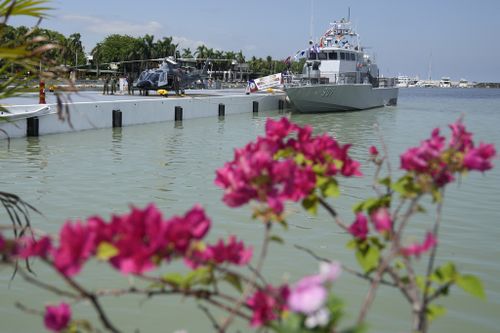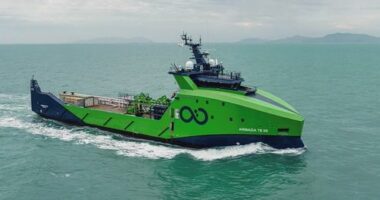Share this @internewscast.com
Australia has kicked off its most extensive military exercises alongside Philippine forces on Friday. Over 3,600 military personnel are participating in live-fire drills and a beach assault at a town on the contested South China Sea, a region where both nations have voiced concerns about assertive moves by Beijing.
Named Alon, which means ‘wave’ in Tagalog, the exercises highlight Australia’s military strength. The drills will feature a guided-missile destroyer from the navy, F/A-18 supersonic fighter jets, a C-130 aircraft for troops and cargo, Javelin anti-tank weapons, and special forces sniper rifles.
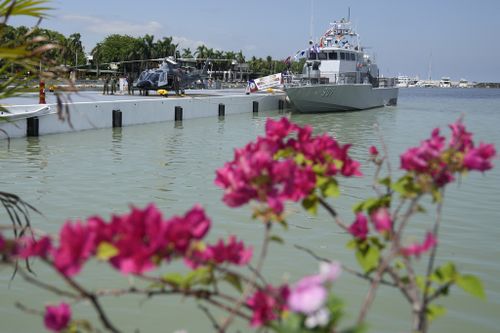
Military officials said defence forces from the United States, Canada, Japan, South Korea, New Zealand and Indonesia will join as observers.
Vice Admiral Justin Jones of the Royal Australian Navy stated, “This exercise underscores Australia’s dedication to working with partners to uphold a region where sovereignty is respected, international law is observed, and nations can make decisions autonomously without coercion.”
The joint combat drills provide a platform to hone collaborative responses to shared security issues and demonstrate the capability to project force across extensive distances in the Indo-Pacific, according to Jones.
The exercises will run until August 29.
Australia is the second country after the US to have a visiting forces agreement with the Philippines, facilitating the exchange of large troop contingents for joint military exercises in each other’s territories.
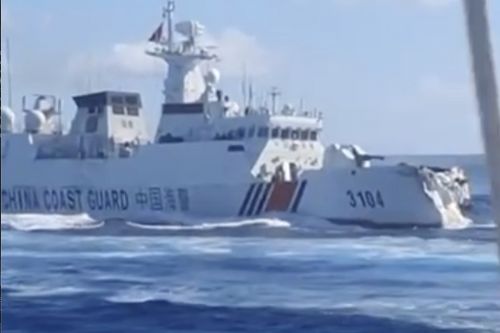
The Philippines will also implement a similar agreement with Japan next month and is negotiating similar defense partnerships with other countries, including France and Canada.
China has deplored multinational war drills and alliances in or near the disputed South China Sea, saying the US and its allies are “ganging up” against it and militarising the region.
China claims most of the South China Sea, a busy global trade route, where it has had a spike of territorial faceoffs with the Philippines in recent years. Vietnam, Malaysia, Brunei and Taiwan also lay claims to the resource-rich waters.
On Monday, a Chinese navy ship collided with a Chinese coast guard ship while trying to drive away a smaller Philippine coast guard vessel in the Scarborough Shoal in the South China Sea.
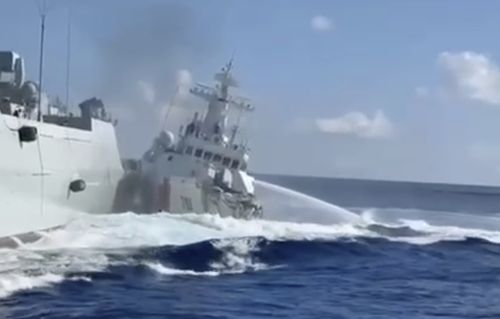
The Australian Embassy in Manila expressed concern over “the dangerous and unprofessional conduct of Chinese vessels near Scarborough Shoal involving the Philippine Coast Guard” and said the incident “highlights the need for de-escalation, restraint and respect for international law.”
In response, the US deployed two warships off the Scarborough on Wednesday in what it called a freedom of navigation operation to protest China’s expansive claims, restrictions and its demand for entry notifications in the disputed waters.
In February, a Chinese J-16 fighter jet released flares that passed within 30 metres of an Australian P-8 Poseidon military surveillance plane in daylight and in international air space, Australian defence officials said at the time.
